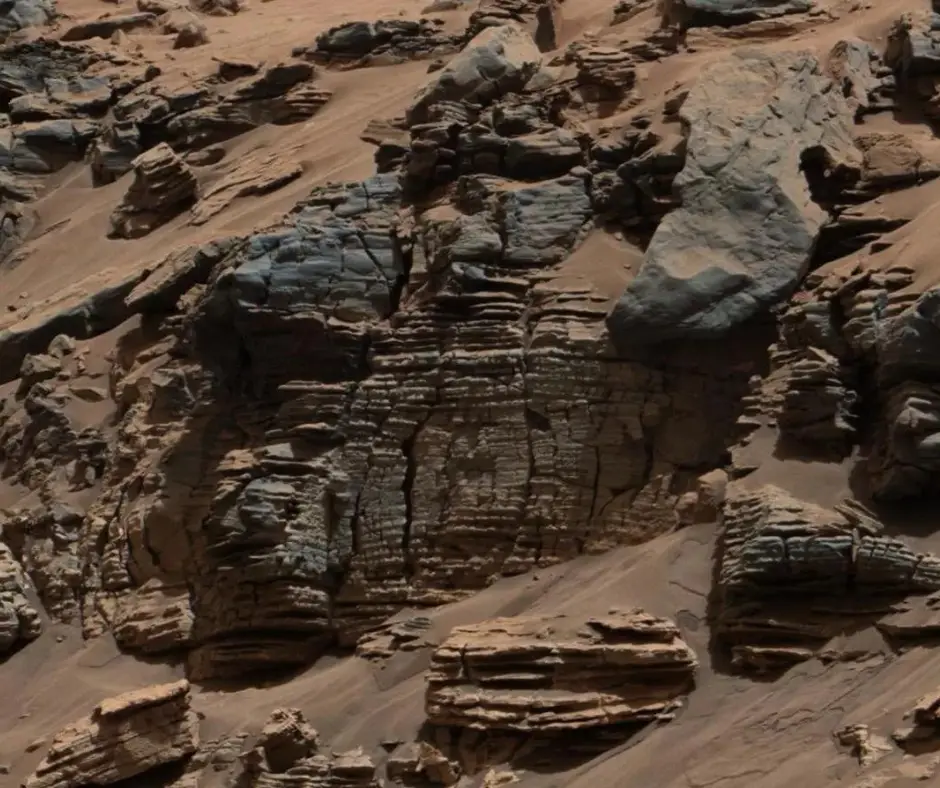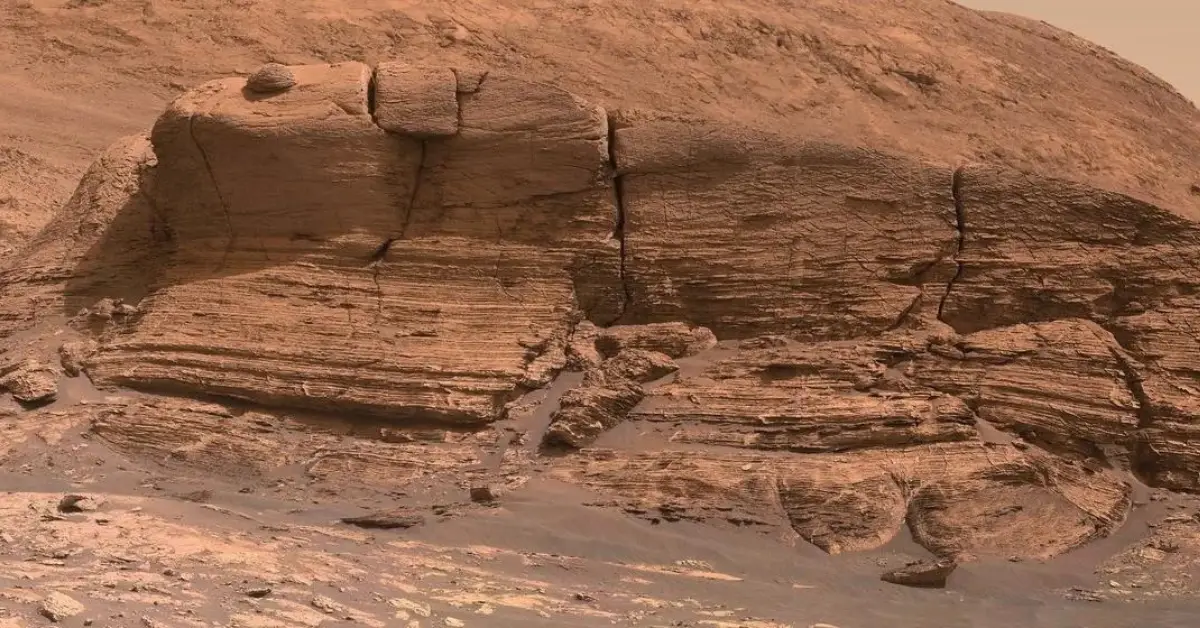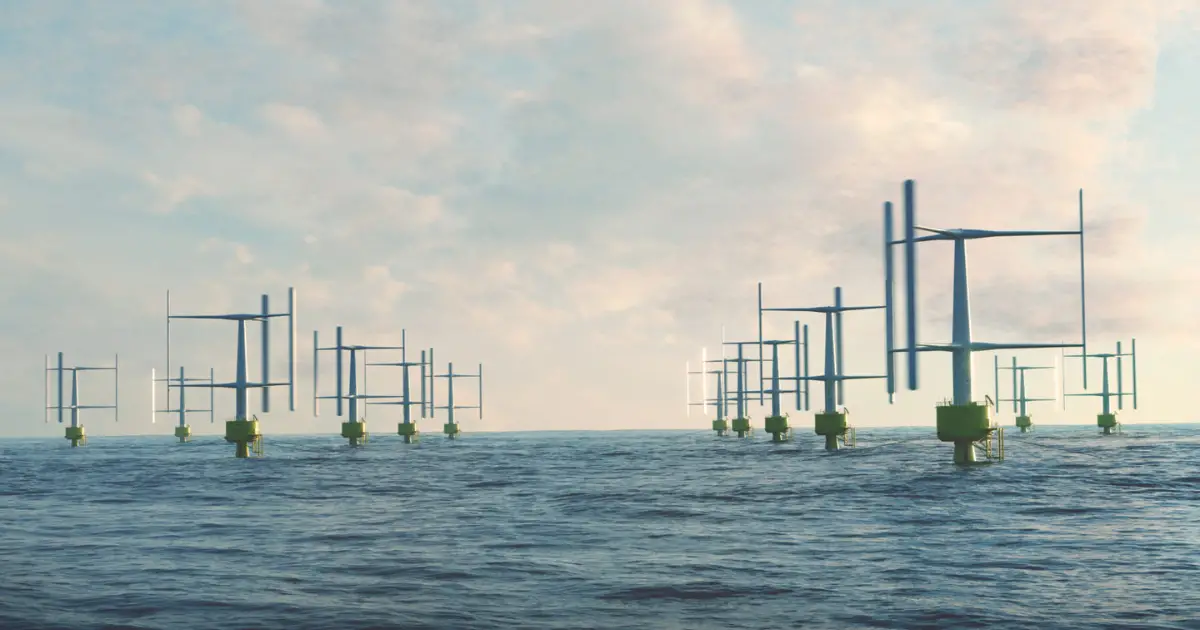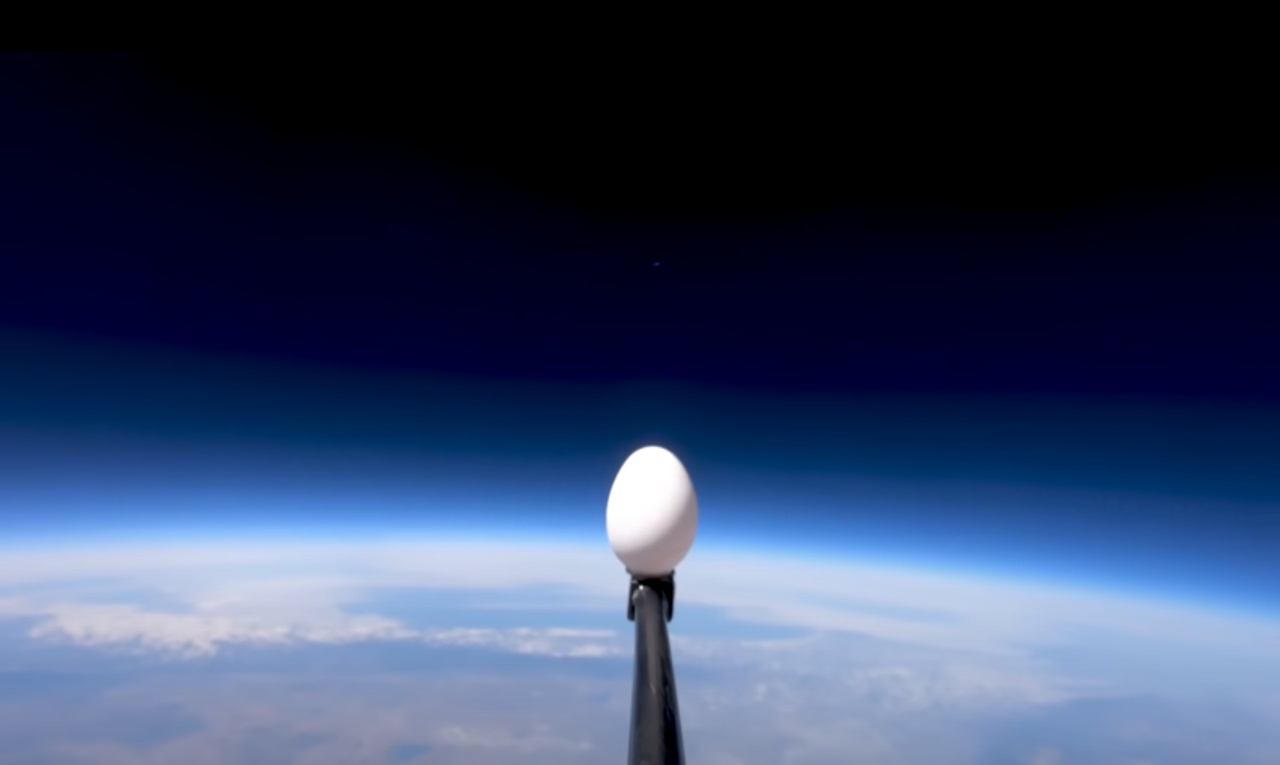By looking at data from NASA’s Curiosity rover and its neutron spectrometer Dynamic Albedo of Neutrons, or DAN, on Mars, a research team led by Arizona State University confirmed that fracture halos contained water-rich opal. This could be a key resource for human exploration.
According to a study by Arizona State University, the large subterranean fracture networks may have made environments more habitable than those on the surface because they had more water and kept out radiation.

NASA Sent The Curiosity Rover To Mars in 2012 To Study Gale Crater
NASA sent the Curiosity rover to Mars in 2012 to study Gale Crater, a large impact basin with a huge, layered mountain in the middle. As Curiosity has moved over the surface of Mars, researchers have found light-coloured rocks around fractures that cross some parts of the terrain and sometimes reach far into the horizon of rover images.
Recent research says that Gale Crater’s large halo networks were one of the places with lots of water. Even though things were probably much worse on the surface, this water-rich ecosystem underground would have made living easier.
After looking at archive data from various instruments, Travis Gabriel, a research physicist for the United States government and a postdoctoral researcher during the project, discovered substantial abnormalities around light-coloured rocks early in the traverse.
Gabriel said that a fresh study of data from the past had shown that all of the fracture halos seen later in the mission were highly similar to one another. “It was incredible to see how extensive these fracture networks were and how probable it was that they were filled with opal,” said the author.
Gabriel and his team of scientists looked into the light-coloured rocks around the “fracture halos” in Gale Crater to find out what they were made of.

It Was Made in a Modern Era on Mars
Scientists think that opal in Gale Crater grew in the hard surface conditions of modern Mars, but these underground networks of cracks may have been much more friendly.
According to Gabriel, “given the vast fracture networks identified in Gale Crater, it’s plausible to suppose that these potentially livable subsurface conditions extended to many other sections of Gale Crater as well as, and probably in other regions of Mars.” These ecosystems would only have existed for a significant time after the old lakes in Gale Crater had dried up.
The Purpose of The Study
There is a lot of water ice at the poles of Mars, along with other volatile things like carbon dioxide. On the other hand, the equator of Mars is dry and does not have a lot of water ice near the surface. The study suggests that water-rich opal may cover many Mars landscapes where scientists wouldn’t normally expect to find water.
Even though the area is very dry, the water stays in the opal in Gale Crater. Suppose the opal in other parts of Mars holds water and the opal in Gale Crater, which is becoming more likely based on satellite data. These hard minerals could be a valuable resource for future exploration on Mars.
The study came out on December 19 in the Journal of Geophysical Research.
Study Abstract:
We look at light-coloured “halos” that are everywhere and are linked to cracks in a sedimentary unit (Stimson) of the Gale crater on Mars. However, we also discuss a similar halos network found in a different geological group (Bradbury). With the help of a dedicated active neutron measurement campaign, we can confirm that these features are full of water. Together with data from mineralogy and geochemistry, these signs point to a lot of hydrated amorphous silica (opal-A).
The mineral and amorphous assemblages show that the rocks formed under low-temperature and mostly low-pH conditions (passive silica enrichment) with a small amount of silica from adjacent units (active silica enrichment).
We show that there is a lot of amorphous silica in the sedimentary rocks in the Gale crater, which means they could have played a role in a phase of halo formation when silica was added. The change that happened was short-lived, and the fact that we found large halo networks in an older unit far away suggests a larger network of hydrologic conduits below the surface than was thought before.
This relatively new subsurface hydrologic system was there long after Mars went from being warm and wet to cold and dry. This made it possible for life to live on Mars during a time when conditions on the surface were not good for it.
Lastly, our bulk H measurements of these features, which range from 3 to 6 wt% H2O-equivalent-H, suggest that the amorphous material in halos contains a lot of water that can be easily released. This makes them a valuable resource at the dry Martian equator, where water is hard to find.





